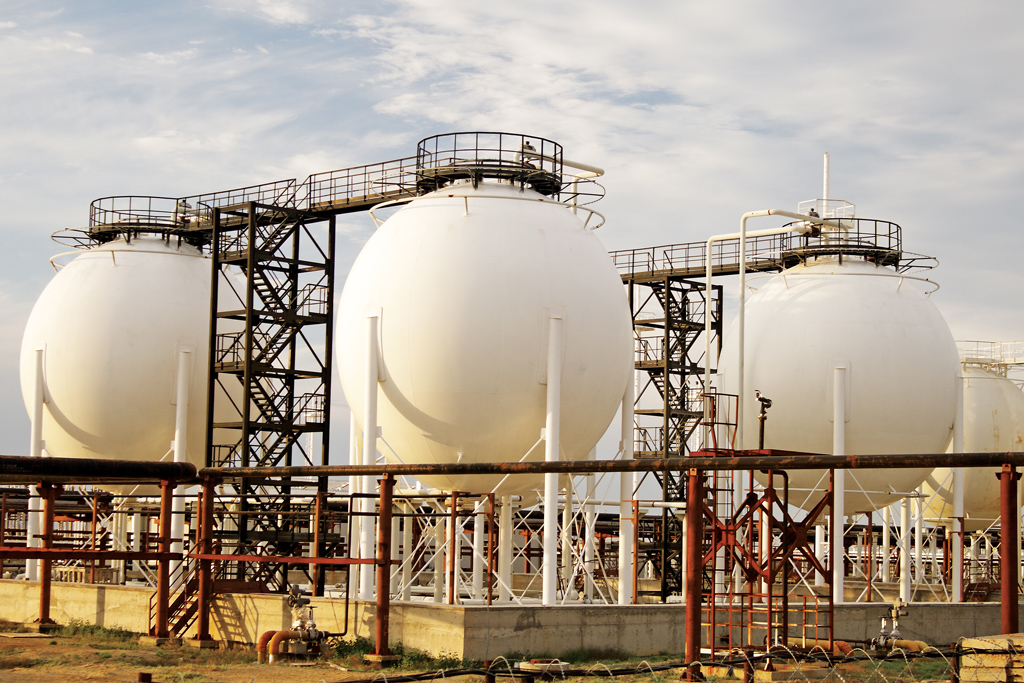
With tighter emissions regulations looming over the heads of marine vessel fleet owners, there is new interest in alternative fuels that are more environmentally friendly than diesel or heavy fuel oil. The expanded supply of North American shale gas is giving fleet owners two environmentally friendly options for alternative marine fuels: LNG and methanol. Both can be used as marine fuel, are derived from natural gas, and offer fewer emissions than diesel or heavy fuel oil.
LNG offers a cost effective and environmentally friendly alternative to diesel: The adoption of LNG as a marine fuel is being driven by two main factors. First, LNG use results in less emissions and second, is the price differential between LNG and diesel fuel. Emission Control Areas (ECAs) are areas on the coasts of North America and Europe where sulfur emissions are more strictly regulated than they are at open sea. Currently, ships rely on scrubbers in order to reduce emissions to a level that is acceptable while traveling in ECAs. If these regulations tighten it is possible that diesel and heavy fuel oil will no longer be viable fuels for marine vessels.
The costs and economics that drive LNG are reliant on the price ratio of LNG to diesel fuel remaining low. Although LNG is cheaper than diesel fuel the switching costs are very high. Payback periods for marine vessels are ~10 years once both the extra money paid upfront for an LNG ship and the discount fleet owners enjoy of using cheaper LNG are factored in.
There are several equipment manufacturers that are building LNG engines and conversion kits for fleet owners. Some of the equipment manufacturers are Caterpillar, Wartsila, General Electric, and Rolls Royce. Each are offering options for fleet owners that want to switch to LNG.
One company that has started adopting LNG as a marine fuel is Shell. The ship named Harvey Energy, which runs on 99% LNG, is currently supplying deepwater operations in the Gulf of Mexico. Shell also has plans to expand its LNG fleet in the coming years.
New methanol supply could serve as marine fuel: The world’s largest producer of methanol, Methanex, has recently completed a new methanol plant in Geismar, Louisiana. This plant is just one of many methanol producing facilities that is aiming to take advantage of new supply from North American shale gas. ADI Analytics has written about methanol use previously.
One of many potential uses for methanol is for use as a marine fuel. The use of methanol as a marine fuels is driven primarily by emissions regulations. One ferry company in Europe, Stena Line, has recently become the first operator in the world to adopt a methanol fueled ship. The switch resulted in a 95% reduction in greenhouse gas emissions. Stena has plans to have a fleet of 25 methanol fueled ships by 2018.
Methanol has some benefits over LNG. First, it is liquid at room temperature and does not require any refrigeration to prevent boil off. Second, converting a ship to run on methanol is cheaper than converting a ship to run on LNG. Methanol’s major drawback is that it has ¼ the energy content of oil and thus, the range of methanol fueled ships will be limited to short range ferries and not trans-ocean tankers.
Both LNG and methanol have been recently adopted as alternative marine fuels. The primary driver for switching fuels is the need for more environmentally fuel to meet new emission standards. Natural gas offers two fuels that are both more environmentally friendly than diesel.
-Tyler Wilson and Uday Turaga





















[…] with LNG and could also serve emerging and niche markets such as, LNG use heavy-duty trucking, marine, rail, and for industrial […]